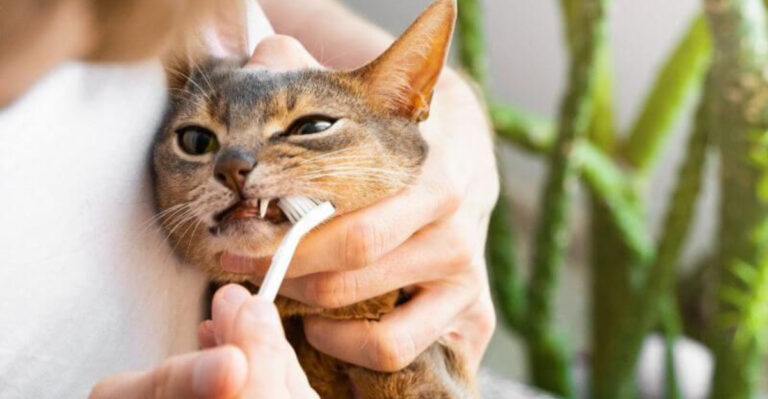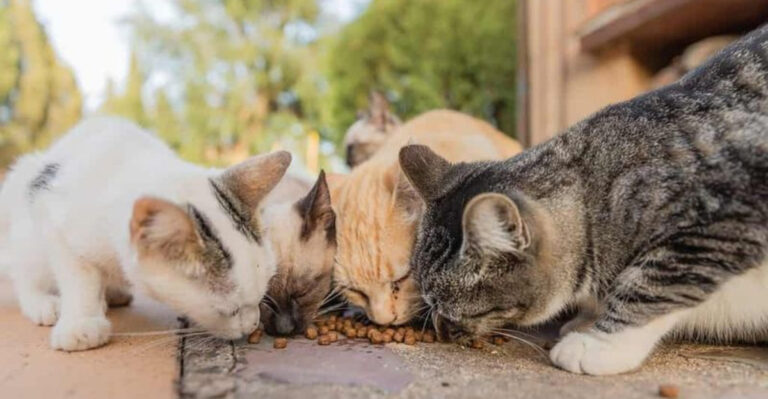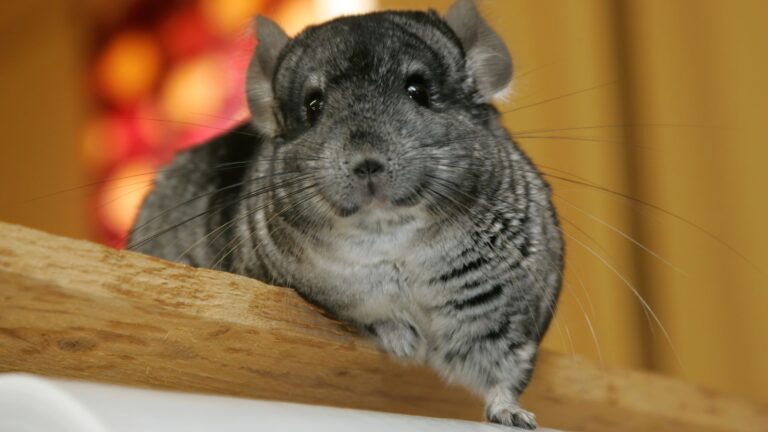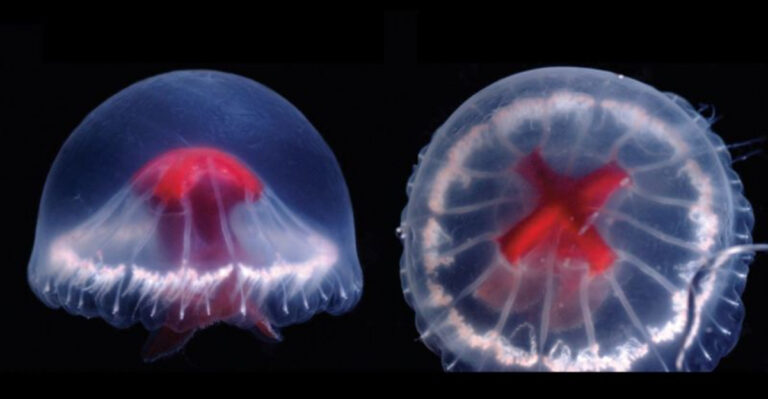9 Tips To Stop Your Cat From Biting And Scratching (Plus 5 Behaviors That Could Be Causing It)
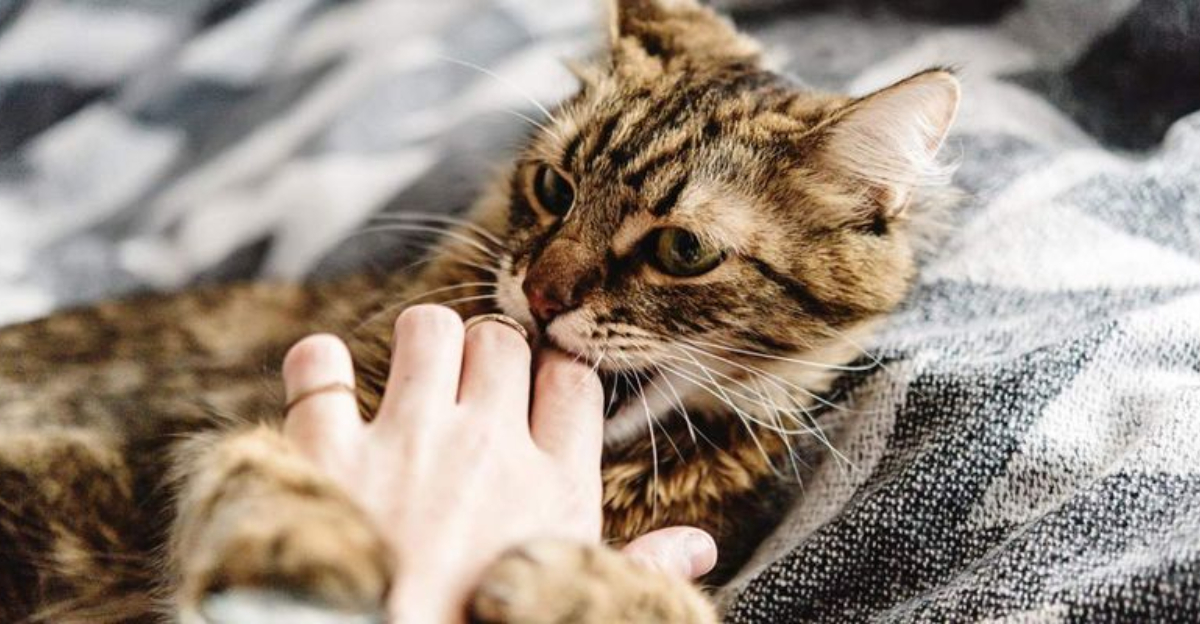
Is your feline friend turning into a tiny terror with sharp teeth and claws? Cats naturally use their paws and mouths to explore their world, but sometimes those adorable mittens can leave painful marks.
Understanding why your cat bites and scratches is the first step to creating a harmonious home for both of you, and with the right approach, you can redirect these behaviors into more acceptable activities.
1. Provide Plenty Of Scratching Posts
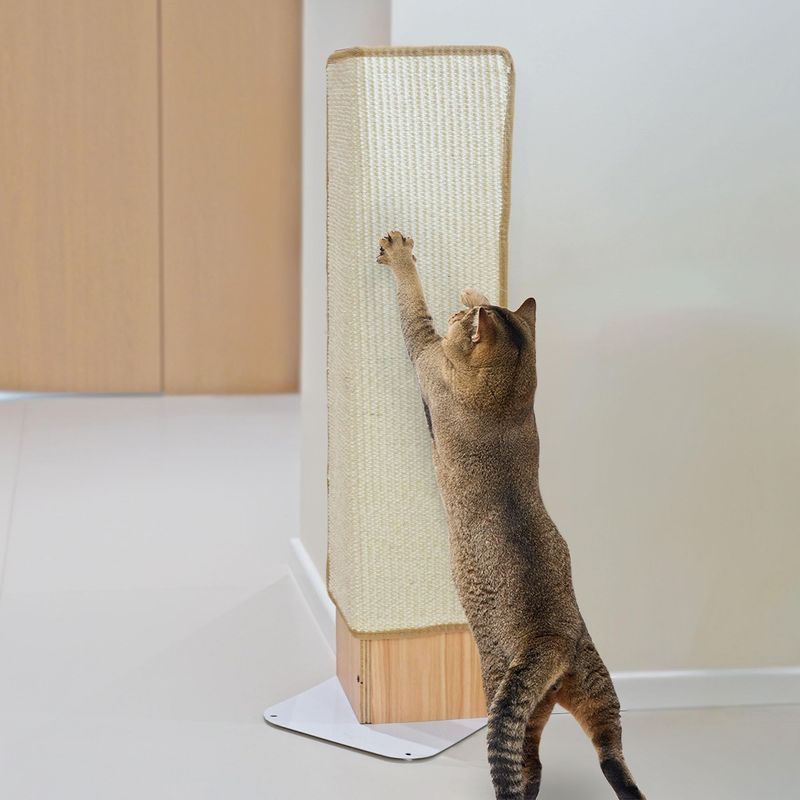
Cats need to scratch—it’s in their DNA! This natural behavior helps them remove dead outer layers of their claws and mark territory.
Place different types of scratching surfaces around your home, especially near furniture they’ve targeted before. Some cats prefer vertical posts while others like horizontal pads.
Experiment with materials too—sisal, cardboard, and carpet offer different textures that might appeal to your particular feline’s preferences.
2. Use Interactive Toys For Play

Wand toys, feather teasers, and laser pointers give your cat appropriate targets for pouncing and hunting instincts. These toys create distance between your hands and their teeth!
Schedule regular play sessions—even just 10-15 minutes twice daily can dramatically reduce aggressive behaviors by burning excess energy. Active play mimics natural hunting sequences.
Always end play sessions before your cat becomes overstimulated, which is when many biting incidents occur.
3. Recognize Warning Signs

Cats usually give subtle signals before attacking. Twitching tails, flattened ears, dilated pupils, and skin rippling along the back are all warning signs your cat is becoming overstimulated.
Learn your cat’s unique body language. Some cats will freeze momentarily before lashing out, while others may give a small warning meow.
When you spot these signals, immediately stop what you’re doing and give your cat space to calm down.
4. Reward Gentle Behavior
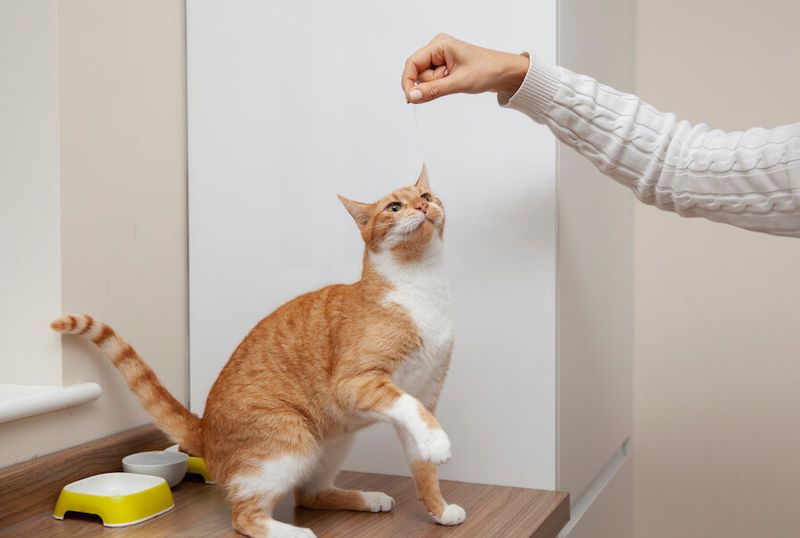
Positive reinforcement works wonders! When your cat plays nicely without using claws or teeth, immediately reward with a small treat, praise, or extra petting if they enjoy it.
Consistency is crucial—everyone in your household should follow the same approach. Even occasional rewards for good behavior can strengthen the association between gentle interactions and positive outcomes.
Never punish your cat physically, as this damages trust and often increases aggressive behaviors.
5. Redirect Unwanted Behavior
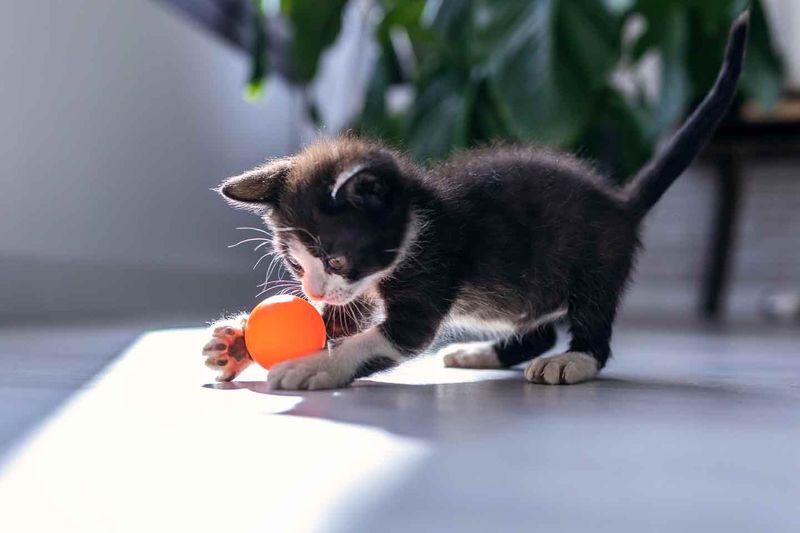
Keep appropriate toys within arm’s reach for quick redirection when your cat starts to bite or scratch inappropriately. Soft kicker toys are perfect for cats who like to grab with front paws and kick with back legs.
Gently move your hand away and substitute the toy instead. This teaches your cat what’s acceptable to attack.
Some cats respond well to clicker training, where you click and treat when they choose the toy over your hand.
6. Create A Calming Environment
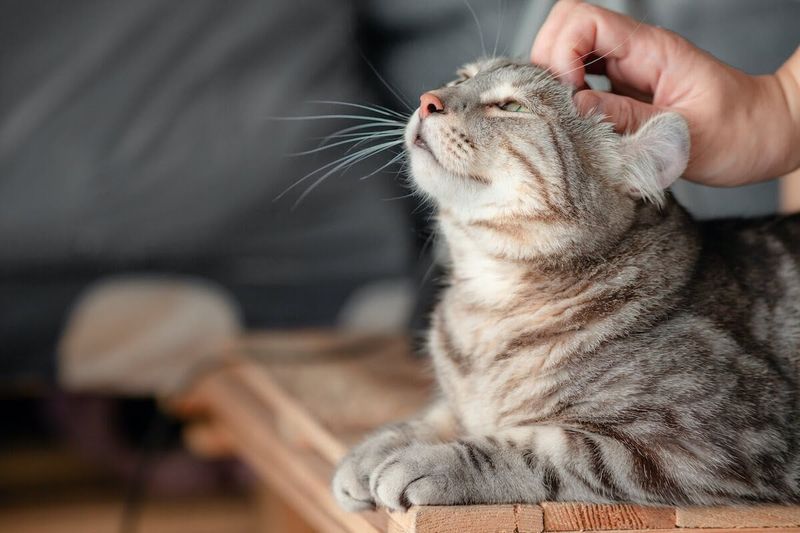
Stress often triggers aggressive behaviors in cats. Provide quiet retreats throughout your home where your cat can escape when feeling overwhelmed.
Consider using pheromone diffusers like Feliway that mimic natural calming cat scents. Many cat owners report significant behavior improvements after installing these simple devices.
Maintain predictable routines for feeding, play, and attention since cats thrive on consistency and predictability in their environment.
7. Trim Claws Regularly
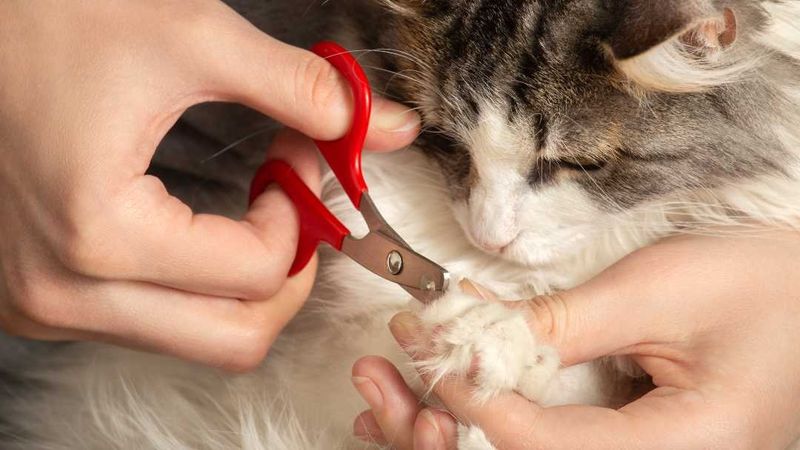
Regular nail trims reduce the damage from scratching incidents. Start slowly, perhaps clipping just one or two nails per session until your cat becomes comfortable with the process.
Use proper cat nail clippers and trim only the sharp tips, avoiding the pink quick that contains blood vessels and nerves. Many veterinarians can demonstrate proper technique.
Consider soft nail caps like Soft Paws as an alternative—these cover claws while allowing normal extension and retraction.
8. Socialize Kittens Early
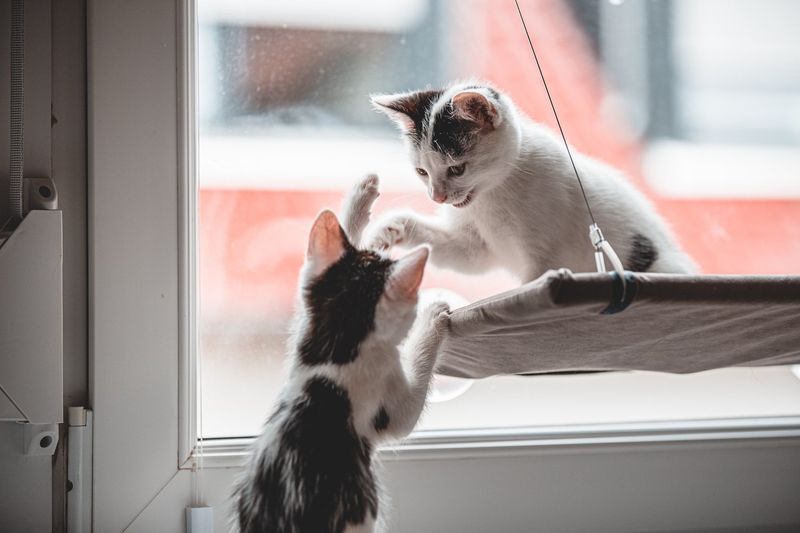
Kittens learn bite inhibition primarily between 2-7 weeks of age. During this critical period, they discover how hard is too hard when playing with littermates.
If you have a single kitten, provide appropriate socialization with gentle handling and supervised playdates with other friendly cats. This teaches them boundaries.
For older cats who missed early socialization, patience and consistent training can still help them develop better manners.
9. Consult Your Veterinarian
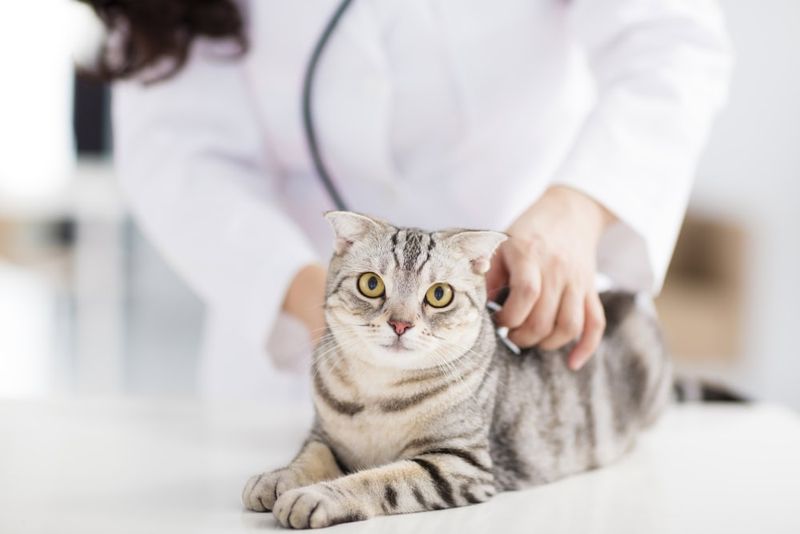
Sudden aggression can signal pain or illness. Cats instinctively hide discomfort, but may bite when touched in sensitive areas. Dental problems, arthritis, or skin conditions are common culprits.
Schedule a thorough check-up if your normally sweet cat becomes bitey or scratchy without obvious triggers. Your vet might recommend bloodwork to rule out thyroid issues or other medical conditions.
Some cats benefit from anti-anxiety medications for severe behavioral issues after medical causes are ruled out.
10. Overstimulation During Petting
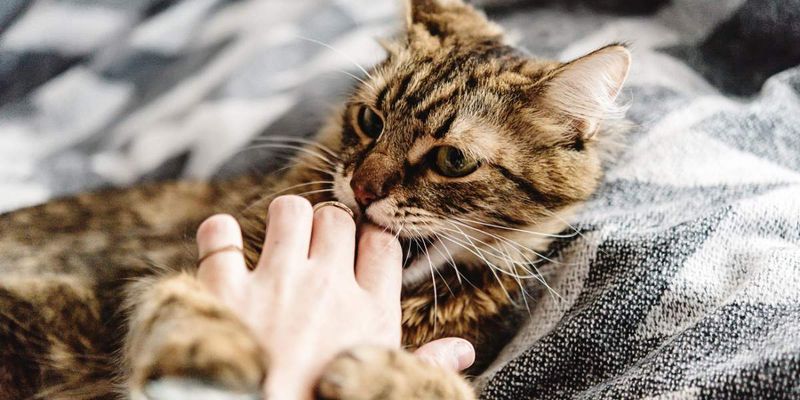
Many cats have a petting threshold—they enjoy attention until suddenly they’ve had enough! This phenomenon, called petting-induced aggression, often catches owners by surprise.
Watch for subtle signs like tail twitching, skin rippling, or ears flattening during petting sessions. These indicate your cat is approaching their limit.
Keep initial petting sessions brief and focus on areas your cat consistently enjoys, usually the cheeks, chin, and forehead rather than the belly or base of tail.
11. Play Aggression Issues
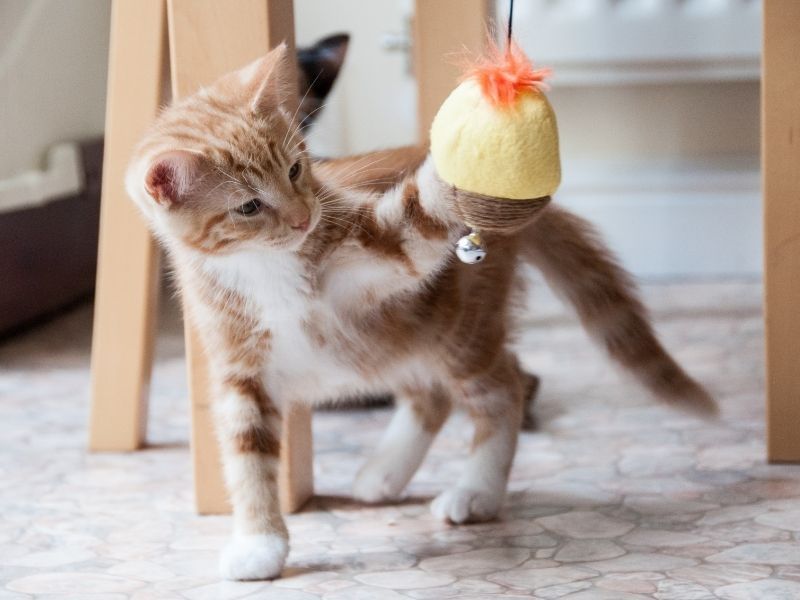
Young cats especially may not distinguish between appropriate toys and your hands or feet. Their predatory instincts trigger pouncing, biting, and scratching during play.
Never encourage kittens to play with your fingers or toes—it’s cute when they’re tiny but painful when they’re full-grown! This teaches them humans are acceptable targets.
Redirect energetic play to appropriate toys that move like prey, such as wand toys with unpredictable movements.
12. Fear-Based Reactions

Cornered or frightened cats may lash out defensively even toward beloved owners. Their fight-or-flight response kicks in when they feel threatened and unable to escape.
Always provide escape routes during potentially stressful situations like medication administration or nail trims. Never force interaction when a cat is showing fear signals.
Building trust through positive experiences helps reduce fear-based aggression over time. Patience is essential with fearful cats.
13. Territorial Aggression

Cats are naturally territorial creatures. New pets, neighborhood cats visible through windows, or even new furniture can trigger protective responses including biting and scratching.
Multi-cat households benefit from providing separate resources—each cat should have their own food bowl, water dish, litter box, and resting areas to reduce competition.
Window perches with bird feeders outside can redirect territorial focus to watching rather than attacking household members or other pets.
14. Redirected Aggression

Sometimes cats attack the nearest target when they can’t reach what actually upset them. For example, seeing an outdoor cat through a window might cause your indoor cat to lash out at you instead!
This confusing behavior happens because your cat becomes highly aroused by something they can’t access. The frustration gets redirected to whoever is closest.
If this occurs, give your cat space to calm down before attempting interaction. It may take hours for their stress hormones to return to normal levels.

